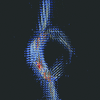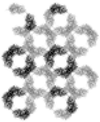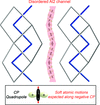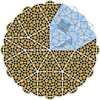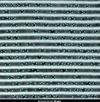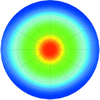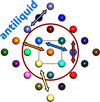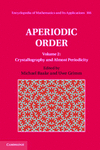issue contents
March 2019 issue

Cover illustration: Tensor tomography methods reconstruct the orientation of a sample's local anisotropic micro/nanostructure without the need for sections. The new iterative reconstruction tensor tomography (IRTT) algorithm [Gao et al. (2019). Acta Cryst. A75, 223-238] is a simple, fast and robust algorithm, thanks to its use of a rank-2 tensor (ellipsoid) model, shown at the top, combined with a linearized iterative reconstruction scheme. Here it is showcased based on SAXS data from different samples, such as a carbon fibers tied in a knot (bottom left), collagen fibers in a human bone trabecula and myelinated axons in a mouse brain (bottom right).
editorial

advances
research papers


 access
access access
accessaperiodic 2018
 access
accessfoundations
aperiodic 2018
 access
access access
access

 access
access access
access access
accessresearch papers
 access
access access
access access
accessaddenda and errata

book reviews



 journal menu
journal menu














